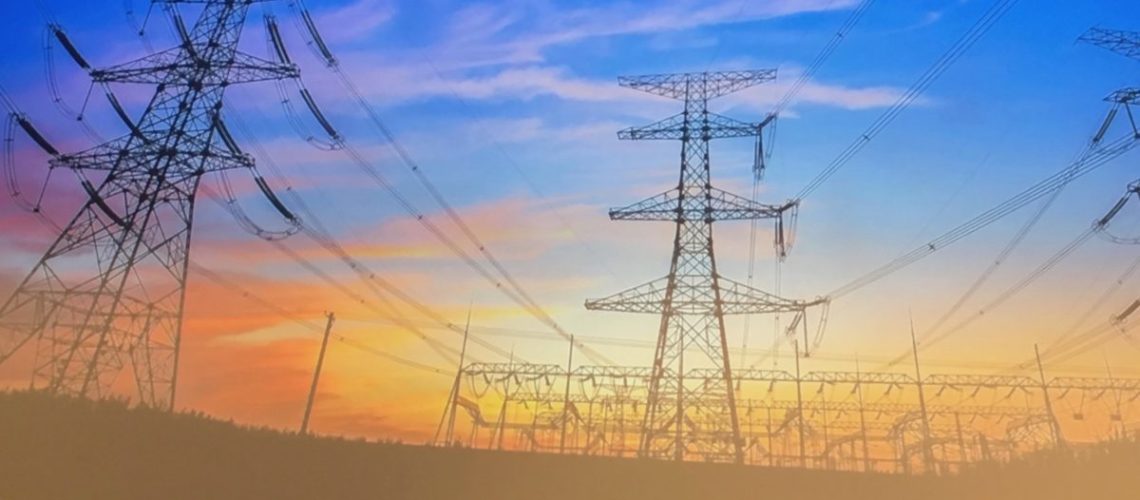Commissioner Phillips spoke of fixing interconnection dynamics that can result in only 20% of projects in a queue ultimately getting interconnected. He favors “substantial transmission,” he said, as well as near-term transmission improvements using grid-enhancing technologies and higher-capacity wires.
With renewable generation expected to reach 35-50% by 2030, “there is a clear need for substantial transmission buildout to accommodate new generation,” said Commissioner Willie Phillips in a policy forum last week hosted by the American Council on Renewable Energy. Phillips is the most recently appointed commissioner on the Federal Energy Regulatory Commission (FERC).
Grid regions MISO and SPP had estimated that transmission projects along the “seam” between their regions could enable as much as 53GW of new low-cost generation, he said.
Across regions, because transmission needs are “going unaddressed” in the regional transmission planning process, interconnection studies for generators are increasingly identifying large and costly network upgrades. “Some argue,” he said, that because of the serial nature of many interconnection queues, the next generator in line “can get stuck with an expensive bill, while those in front or behind are able to get a free ride.”
“This has led to an epidemic of generators suffering from sticker shock and dropping out of the queue, triggering re-studies and shifting costs to the next generator. Wash, rinse, repeat. Because of this only around 20% of generators in the queue actually get interconnected in the end. This of course incentivizes developers to submit many different speculative proposals into the queue to increase their chances of being the lucky one to have lower costs.”
Yet many transmission providers, Phillips said, are moving in the “right direction” by transitioning from a first come, first served, serial approach to a “first ready, first served cluster approach.” FERC is “going around to every region,” he said. “We’re looking for best practices.”
“I think we need to start looking at what projects are actually ready to have shovels in the ground. And then we can incentivize properly, the developers and everyone in the system to make sure that those projects get selected, that those projects get built.” That would be his plan if he were “king for a day,” he said, to appreciative laughter.
On transmission, Phillips said he believes “strongly” that “we can use grid-enhancing technologies to squeeze more capacity out of our energy delivery system.” He believes these technologies will yield cost savings for consumers, and provide “a way to rapidly ramp up the capacity on a system.”
Noting that some transmission systems are 60 years old, he said that “reconductoring,” or replacing existing transmission lines with new wires that have greater capacity, “makes so much sense.” He also wanted to investigate dynamic line ratings, he said.
Phillips said that more distributed generation can especially benefit environmental justice communities, adding that it was “important” that transmission systems can accommodate new distributed resource systems such as microgrids.
Regarding cybersecurity, Phillips said he supports a FERC initiative to direct NERC, the North American Electric Reliability Corporation, to develop new critical infrastructure protection standards that would require internal network security monitoring.
Commissioner Phillips previously served as the chairman of the Public Service Commission of the District of Columbia. He noted that his views do not necessarily reflect the opinion of the Commission or his fellow Commissioners.



